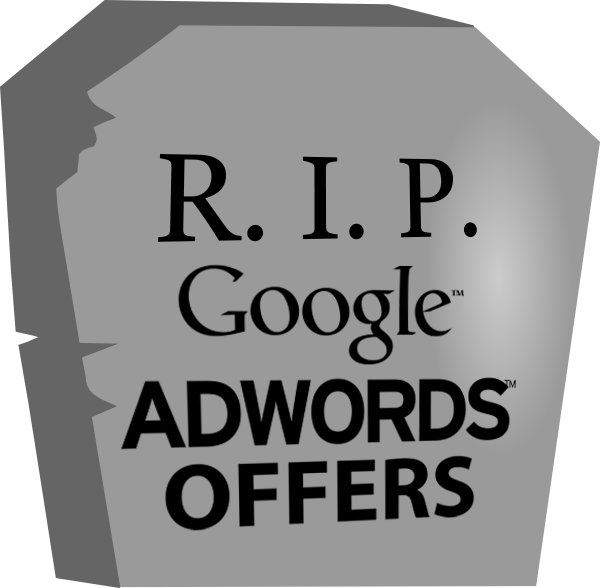 After an underwhelming debut in February, it appears AdWords Offer Extensions is being sent to the grave in favor of Google Offers. Ginny Marvin explains that AdWords Offer Extensions was intended to allow advertisers to dedicate extra real estate in their search ads to promoting in-store coupons and discounts. There was little excitement surrounding the announcement, and a new alert informs users that Offer Extensions was sent to the chopping block on November 1st.
After an underwhelming debut in February, it appears AdWords Offer Extensions is being sent to the grave in favor of Google Offers. Ginny Marvin explains that AdWords Offer Extensions was intended to allow advertisers to dedicate extra real estate in their search ads to promoting in-store coupons and discounts. There was little excitement surrounding the announcement, and a new alert informs users that Offer Extensions was sent to the chopping block on November 1st.
The alert was posted on the support page for Offer Extensions. It reads:
Starting on November 1, 2013, we will no longer support offer extensions in AdWords. On that date, offer extensions will stop showing in your ads and offer extensions reporting will stop showing in your account. No action is required.
We recommend reviewing your campaigns to ensure your messaging continues to fit your goals. To retain offer extensions reporting for your records, remember to download campaign reports before November 1. Consider using sitelinks or Google offers to promote your deals and offers in the future.
On the other hand, on October 24, Google announced an updated self-service tool that allowed US businesses to create Google Offers. This way, consumers can use their smartphones to redeem and save coupons and promotions. These offers are distributed through Google Maps, Google+, Google Wallet, and the Google Offers app and website. It appears Google is putting their investments into turning Google Offers into a success, rather than trying to force AdWords Offer Extensions to catch on.

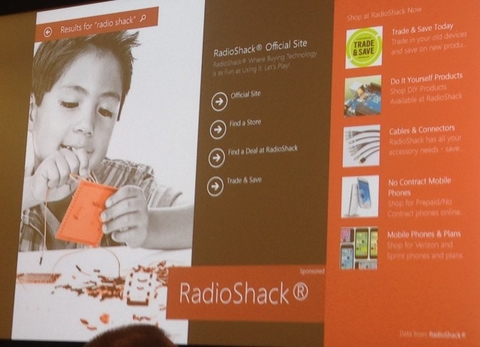
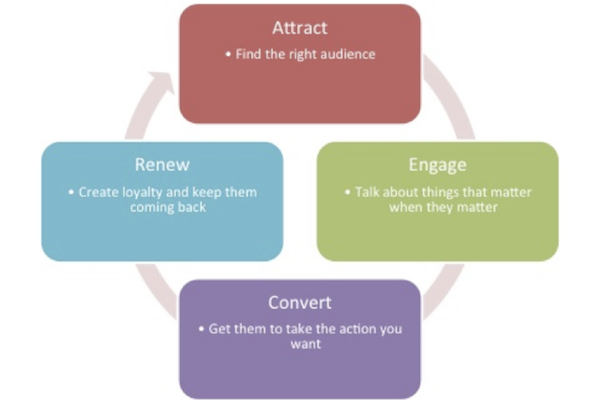
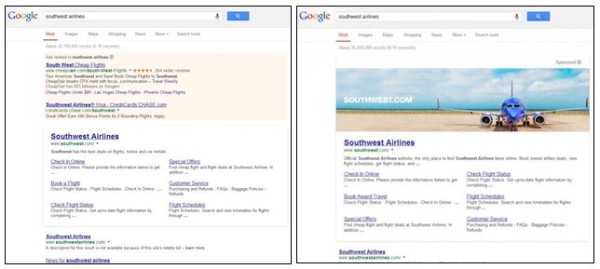
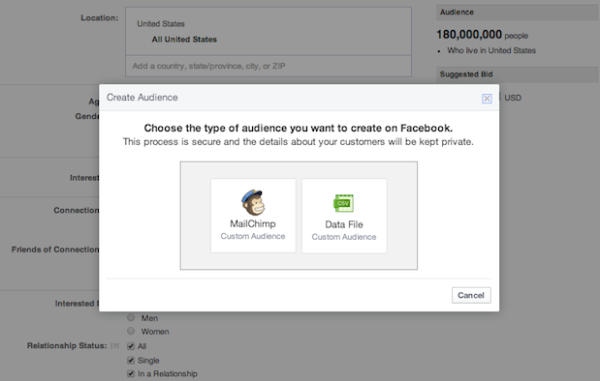
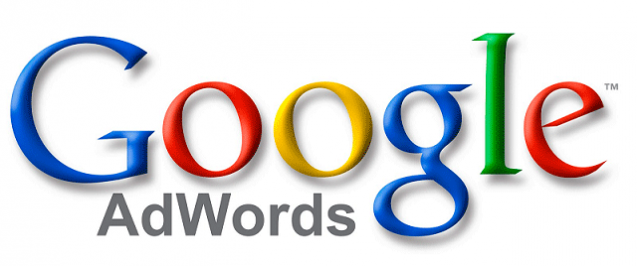 You might not have noticed, but AdWords is working a little different since an algorithm update was quietly introduced on Tuesday. For the most part, not much is different, but there is a notable change in the ad extensions are now working as a factor in determining as positioning.
You might not have noticed, but AdWords is working a little different since an algorithm update was quietly introduced on Tuesday. For the most part, not much is different, but there is a notable change in the ad extensions are now working as a factor in determining as positioning.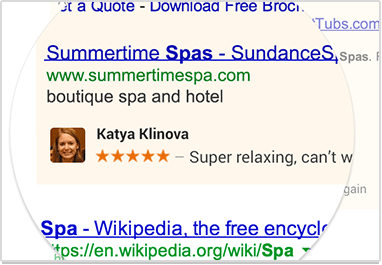 These changes won’t take place until November, but don’t expect a prompt roll-out. It is possible you may start seeing the changes starting the 11th, but more likely it will gradually appear over the span of a few days or even a couple of weeks.
These changes won’t take place until November, but don’t expect a prompt roll-out. It is possible you may start seeing the changes starting the 11th, but more likely it will gradually appear over the span of a few days or even a couple of weeks.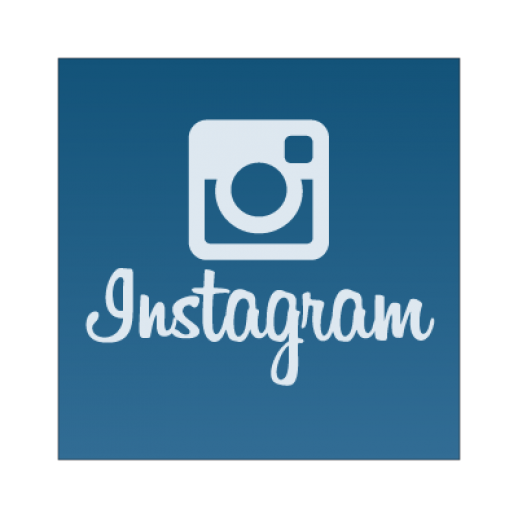 Many considered it only a matter of time before advertising would find its way onto Instagram, since Facebook purchased the app. However it took much longer than most expected. Instagram has remained ad-less until now, but over the next few months you will finally see that change. Instagram
Many considered it only a matter of time before advertising would find its way onto Instagram, since Facebook purchased the app. However it took much longer than most expected. Instagram has remained ad-less until now, but over the next few months you will finally see that change. Instagram  Google AdWords announced yesterday a major reporting update to conversion tracking called Estimated Total Conversions will be rolling out over the next few weeks. The new feature provides estimates of conversions which take place over multiple devices and adds this to the conversion reporting we are already accustomed to.
Google AdWords announced yesterday a major reporting update to conversion tracking called Estimated Total Conversions will be rolling out over the next few weeks. The new feature provides estimates of conversions which take place over multiple devices and adds this to the conversion reporting we are already accustomed to.

